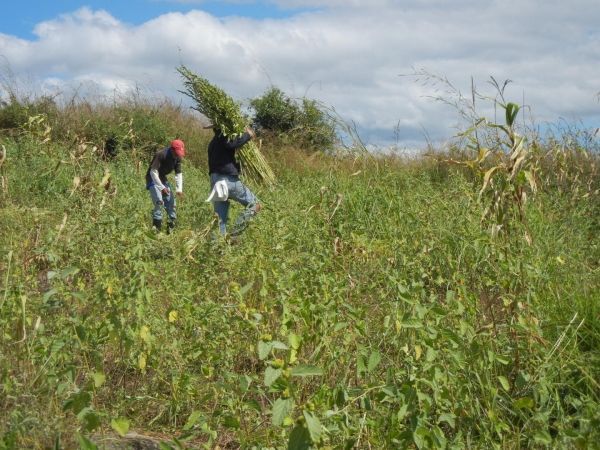For tens of millions of people, migration is a tough reality. What causes people to migrate away from their home countries, and what happens when they do? Migrants and their labor are responsible for moving hundreds of billions of dollars around the world annually. At their destinations, they affect populations, cultures, and economies. But their movement also has a major impact on the places they leave, including on how people use land.
“To effectively manage migration, you have to understand the linked effects of people moving from one place to another,” says Claudia Radel, associate dean of the Quinney College of Natural Resources at Utah State University and recipient of a National Science Foundation CAREER research grant. “Migrants we see today, including from Central America, often come from rural communities where people depend on small-scale farming—which is becoming more difficult. Sometimes people cut ties to the land when they leave—but our research shows that they also leave to afford to rent land or to buy seeds so they can keep farming, or to support family who keep using the land.”
Later many return home with new ideas, resources, and expectations for the places they left behind. This can have impacts in unanticipated ways, for example changing prices, as Radel, a geographer and migration researcher, reported with her co-authors in the journal Land.
“People who live on the economic edge don’t have access to sufficient land resources, especially in rural Central America,” said Radel.
Read more at S.J. & Jessie E. Quinney College of Natural Resources, Utah State University
Image: Harvesting sesame in Somotillo Nicaragua. (Credit: Lindsey Carte)


